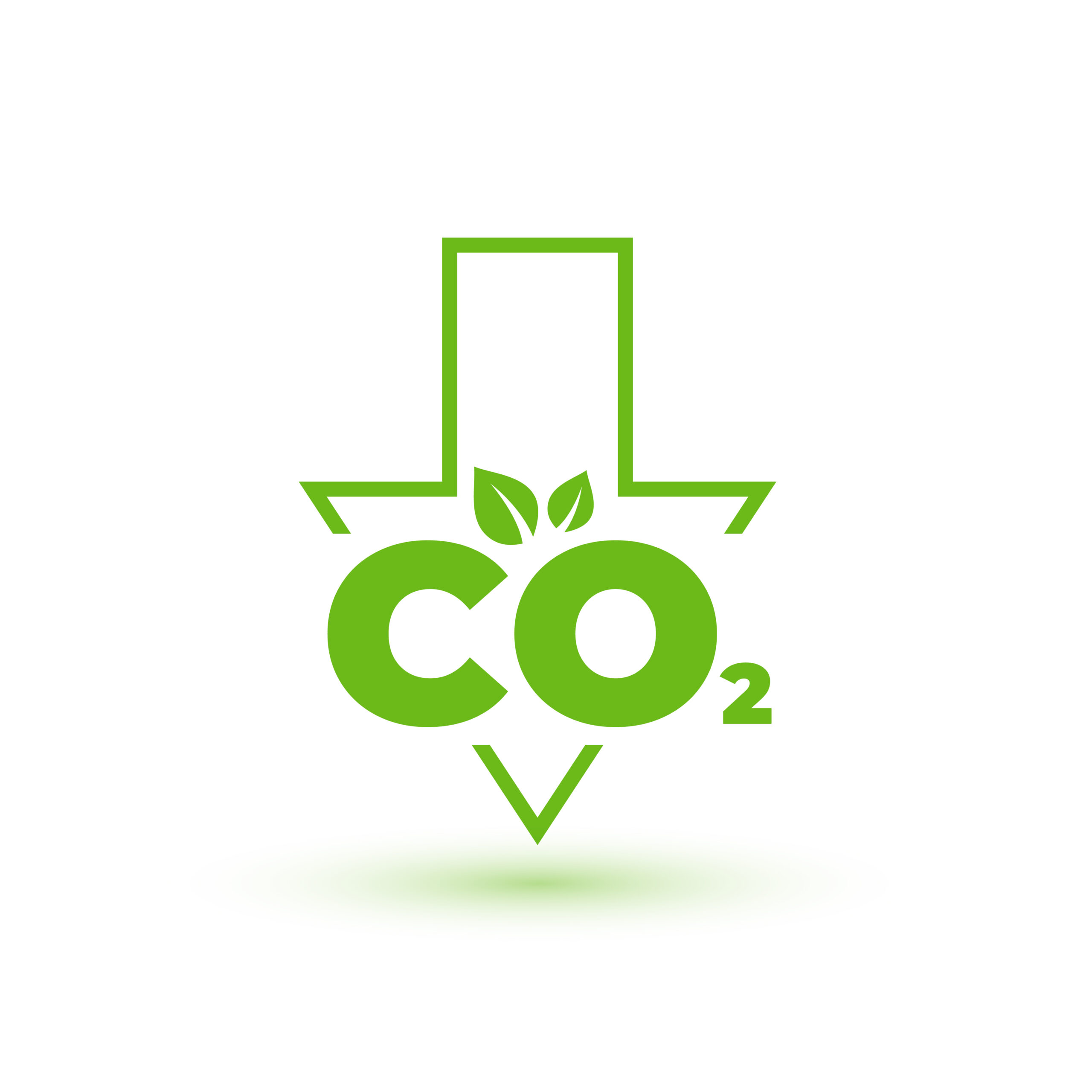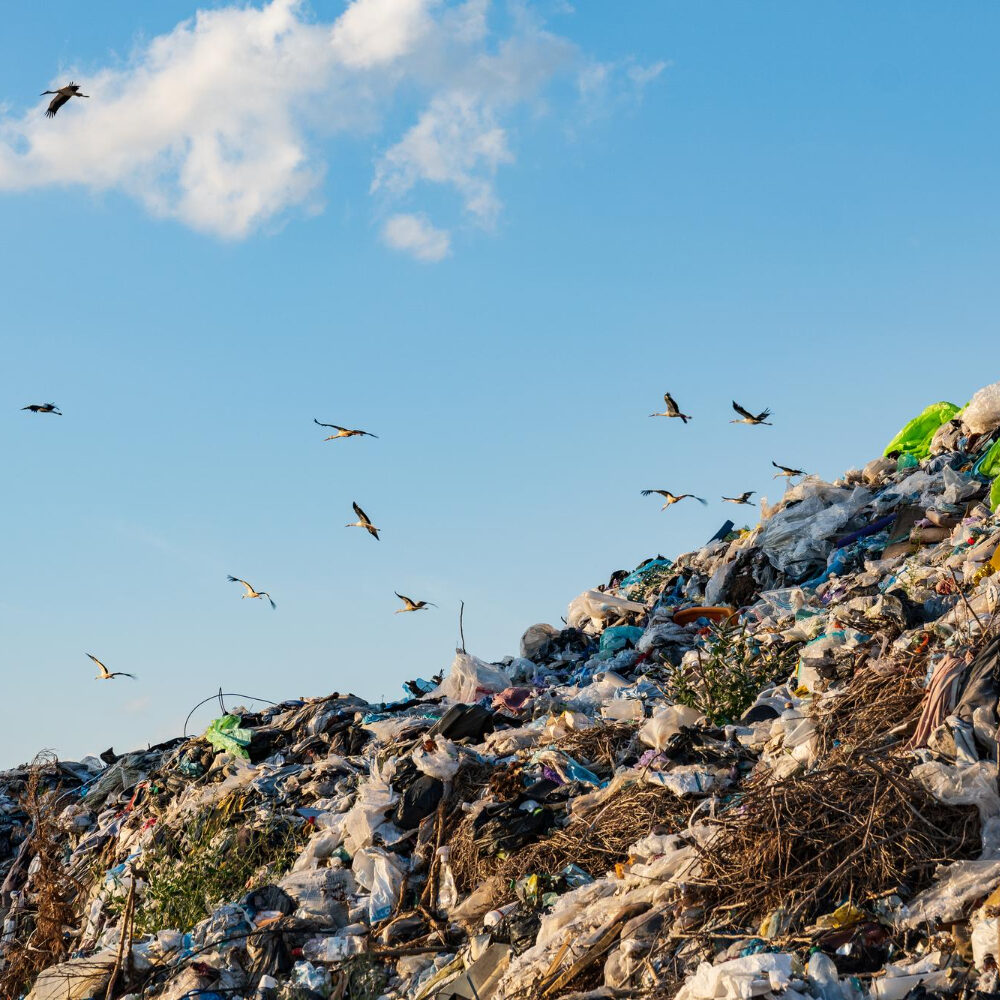Heat pumps: the missing piece of the puzzle

The European Union is lining up all the possible solutions to respond to the increasing demand for alternative and reliable energy sources, especially for heating and cooling systems in buildings, industries, and networks.
Against this background, and as part of the European legislative framework that includes the RePowerEU and the Green Deal Industrial Plan, the European Commission announced last year the future adoption of a Heat Pumps Action Plan to accelerate roll-out across the EU. The move opened a public consultation to which ESWET responded with its own position.
ESWET members supply their technology to most of the Waste-to-Energy (WtE) plants in Europe and worldwide. WtE plants treat Municipal Solid Waste (MSW) fractions that can neither be reused nor recycled, playing a key role in reducing waste volume and emissions to the environment.
In addition to this, WtE plants offer the advantage of recovering energy in the form of heat, steam, electricity, fuels as well as materials from non-recyclable waste.
The climate benefits of Heat from Waste
Waste incineration with energy recovery is already a viable, mature, and environmentally friendly technology, with proven effectiveness in waste management and the potential to generate significant amounts of electricity and heat.
The energy produced from waste represents a partly renewable energy source, resulting from the biogenic fraction of the waste treated in WtE plants as well as a valid complementary energy source to other, intermittent, renewable ones. Yet, unlike the electricity sector, the heat sector is more difficult to decarbonise, hence any applications in this field are crucial.
All around Europe, about 60% of WtE plants feature Combined Heat and Power (CHP) configurations; in northern European countries, such as Denmark and Sweden, where climatic conditions tend to be more severe, the use of heat from WtE plants is more widespread.
In eastern and central European countries, WtE plants integrated into district heating and cooling (DHC) systems also exist, and the interest around them is significantly increasing. In any case, when WtE plants are integrated in CHP schemes their energy efficiency can be increased up to 3 times, offering simultaneously an opportunity to replace significant amounts of fossil fuel for various purposes.
Examples from across Europe prove that the integration of WtE in DHC systems offers significant climate benefits. Overall, it is estimated that the sector already provides up to 15% of Europe’s domestic heat and the trend is increasing. This shows how, across Europe, energy recovered from waste plays an important role in stabilising the energy market, achieving the European climate goals and enhancing the circular economy.
Waste Heat from WtE plants: the missing piece in the EU Framework
However, despite the undisputable role of the WtE sector in recovering and providing heat to hundreds of European citizens, there is still a missing piece in the complex European energy puzzle that needs to be addressed to harmonise the EU legislative framework and to ensure the success of the future Heat Pump Action Plan.
Industrial heat pumps, as well as heat exchangers, are, in fact, essential components of a WtE plant, able to boost its potential and make the most out of them. They indeed allow the recovery of energy in the form of heat and the connection of the plants to a district heating network for the supply of the recovered heat. However, industrial heat pumps feature very different designs and technical specifications compared to residential ones.
Moreover, the complexity of some industrial processes certainly represents a limit to mass production, resulting in expensive costs, especially when it comes to the designing and manufacturing phases. In this respect, ESWET members look forward to the Commission’s heat pump action plan, a crucial initiative for solving persistent technical, operational, economic barriers and for unlocking the full deployment of this technology.
On top of the challenges above, the WtE sector must also confront the missing acknowledgment of the heat from WtE as partly “waste heat”, as it is currently defined in the Renewable Energy Directive (RED). A more comprehensive definition of waste heat is, indeed, the missing piece from that complex puzzle that may bring the EU to reach its climate goals faster and more efficiently.
Heat recovered from a WtE plant is currently recognised, at the European level, as partly renewable, resulting from the process of treating the biogenic fraction of MSW. Now, the sector urges the European institutions to recognise the remaining part of the heat as waste heat, being, by definition, perfectly in line with the provision in the RED.
The main purpose of WtE plants is to treat non-recyclable waste that would otherwise end up in landfills, therefore the recoverable heat is the valuable but unavoidable by-product that, if not recovered, would be dissipated in the atmosphere.
The heat from WtE plants is already an available solution – it now only needs the political green light to be fully unlocked. The past decades have shown that we must increase our level of readiness and robustness to unexpected events and that we cannot afford to overlook any solutions to fight climate, energy, and price crises. Using all the available renewable sources means reducing imports of fossil fuels, which means faster decarbonisation, which means better energy, which means better consumer protection.
Related information
ESWET Position on the European Commission’s Public Consultation on Heat Pumps
ESWET launches a new Task Force to explore the full potential of heat in Waste-to-Energy
Unlocking the power of heat in Waste-to-Energy plants
Top photo by Freepik.com


